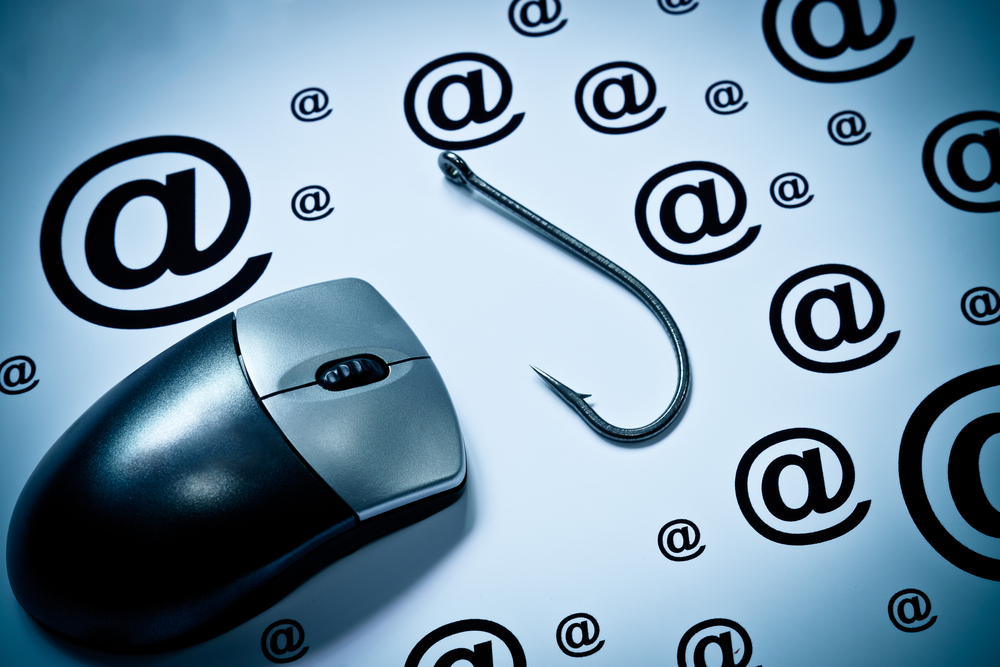
What can be used to recognize phishing?
Among the many hacking techniques, there is one that attracts attention by its simplicity and effectiveness, the "Phishing" or even in the French-speaking sphere are called phishing.
It is an a captatatory technique that consists of recovering personal or non-personal data through e-mails. The hacker begins to send e-mail messages en masse in inboxes of these target Users.
This article will also interest you: What is phishing?
It must be said that such an attack occurs almost every day and know that none of us are safe. In most cases, victims' email addresses are obtained fraudulently. As soon as you open the email, you'll be asked to click on a number address that you won't see URLs from.
This kind of link will usually lead you to a form on a web page that you seem to know. In any case the page will be familiar to you. In reality, you will be directed to a so-called mirror site. The purpose of this manoeuvre is to push the User to give certain information about him and then exploit him to his detriment.
Note that it is very difficult to distinguish safe emails from trap emails even if you have no doubt that your system is sorting between secure and dodgy emails (spam).
This confusion in the system can be explained by the fact that hackers are increasingly improving their techniques. in indeed, we are getting to the point where they are perfectly remaking the identifying elements of bait services, it can be logos, websites or typography. By this means, they manage to usurp easily the title of your favorite or usually used services such as your bank or even your supplier. They often extend their maneuvers at government sites, or other public services such as hospitals and schools.
From the perspective of which you come across some anomalies on your email service or a questionable link, you may like to deal with this form of hacking.

Precautions to take to protect yourself
You'll need to Pay attention to all emails as you retrieve all the links on which you will be redirected. Avoid unsolicited redirects and above all, avoid filling out any form. If so, give the minimum information about you, if possible lie.
Another Criterion will allow you to go account of the deception. It often happens that you never contact the structure that writes to you. Not that in all cases we are opposite phishing, in most cases yes.
In addition, the message has a lot of faults writing. In terms of spelling or other grammatical errors. Yes still you will see some expressions coming from another language.
And of course this message will definitely ask you personal data, quite personal even I will say. This is to be the case your traditional login credentials such as your email ID, your password or data such as your address etc.
And the last precaution, probably the most important, never check your identification during a session when a site you do not control, or an unknown service asks you. Especially if there is no particular reason for this audit. Because it's a strategy that has trapped more than one. Hackers will encourage you to enter your login data and then steal it.
Now access an unlimited number of passwords!